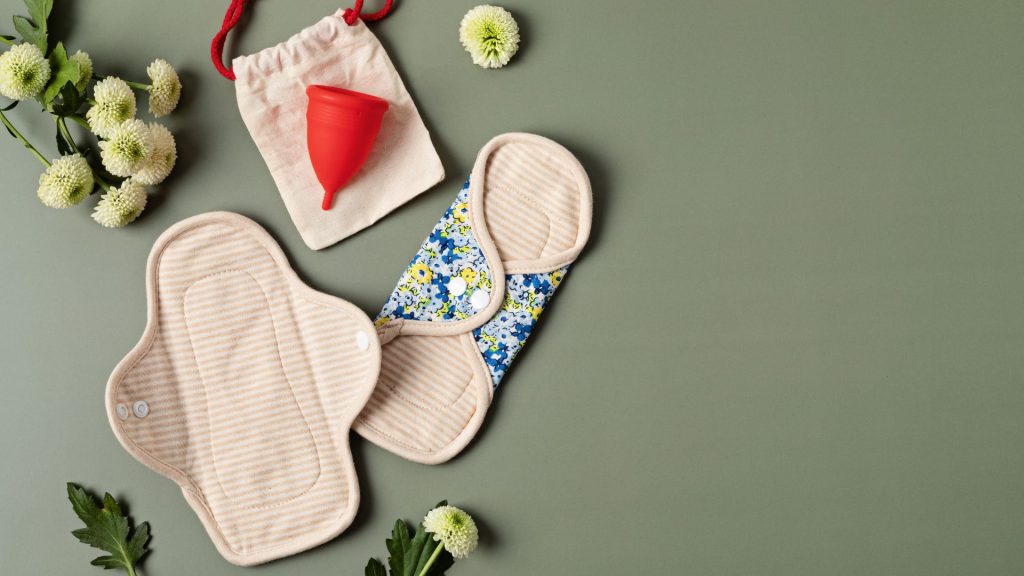
Women and girls around the world suffer from period poverty, often facing difficulties affording costly disposable pads each month. Switching to reusable menstrual products will help break these chains of poverty.
Participants prioritized comfort and effectiveness (leakage protection) when selecting menstrual products, along with ease of switching.
They’re sterile
Reusable menstrual products offer women and girls living in countries with high levels of economic inequality an alternative solution to purchasing disposable pads every month, thus helping to prevent poverty cycles which so many rural communities endure.
Reusable products have a lower environmental impact than disposable pads and can last years with proper care. Not only are reusables more eco-friendly, they’re more comfortable for people with sensitive skin as they lack any irritating chemicals that could cause itching or rashing.
Reusable menstrual products offer an effective solution to this environmental issue and can reduce plastic waste significantly, supporting sustainable development by helping to decrease landfill and ocean plastic accumulation.
They’re flexible
There’s no official way of measuring how much plastic waste disposable pads and tampons produce; what we do know for certain, however, is that their usage creates unnecessary plastic waste. Switching over to reusable pads and tampons is an eco-friendlier alternative which will save money over time while simultaneously helping girls in developing countries overcome period poverty.
Menstrual cups, which a woman inserts into her vagina to collect and trap menstrual fluid, have become an increasingly popular solution to period waste. Users who chose this alternative reported it being healthier for their bodies, easy to use with practice, and less frequent needing replacement than pads or tampons.
Many reusable menstrual products are composed of natural and synthetic materials, including cotton, hemp and bamboo blends. They’re easy to wash and come with their own cloth bag for storage purposes.
They’re easy to wash
Menstruation is a natural biological process, and having access to clean menstrual hygiene products is crucial. There are two primary categories of management materials for menstruation: disposable tampons and pads as well as reusable pads and menstrual cups.
According to a UN study, approximately 1.8 billion women and girls of reproductive age do not have access to adequate menstrual hygiene facilities, including access to clean pads or tampons, leading to infection, poor hygiene practices and chronic illnesses such as cancers.
Reusable feminine hygiene products reduce the risk of infections while being healthier for your body overall. Unfortunately, there’s a learning curve when it comes to washing them properly; but once you do it becomes as straightforward as doing your daily laundry: simply add them to the washing machine at 40 degrees and avoid fabric softeners!
They’re comfortable
One of the key advantages of switching to reusable menstrual products is comfort. Disposable pads contain chemicals that may irritate or cramp skin; in contrast, reusable ones use organic and natural materials free from these harmful toxins.
Reusable menstrual products are more eco-friendly than their single-use alternatives, according to recent studies. According to one such research project, using a menstrual cup instead of box of tampons could save 5% in costs and 0.44% of plastic waste over 10 years.
Women and girls still face challenges with reusable period products despite these advantages, however. Many of these issues relate to lack of information and access to hygienic practices – many participants reported wishing that information about these products had been provided during puberty education or sexual education sessions in schools. A major difficulty lies in washing reusable menstrual products in order to prevent infection or irritation.


